Unveiling Digital Marketing Success: Practical Examples for Small Business Owners
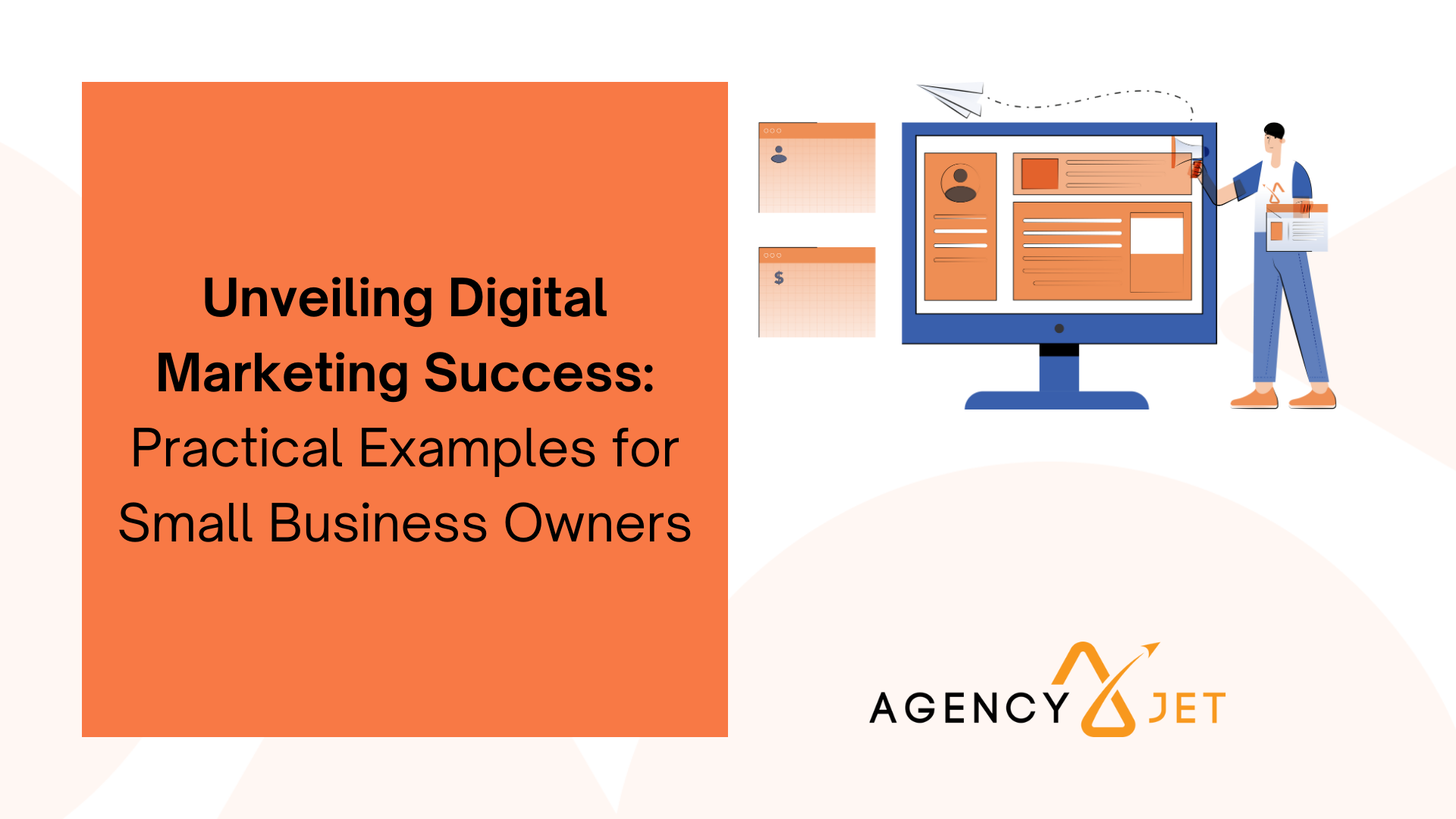
Unlock the door to business success with a closer look at practical examples of digital marketing. For small business owners, it’s time to explore strategies that can elevate your brand in the digital realm. This article will be your roadmap, weaving through the intricacies of digital marketing with real-world examples and actionable advice.
Decoding Digital Marketing: An Overview
At its core, digital marketing involves leveraging online platforms and technologies to promote products or services. Unlike traditional marketing, digital marketing offers a more targeted and measurable approach, allowing businesses to tailor their strategies to specific demographics, behaviors, and interests.
For small businesses, digital marketing provides a cost-effective way to reach a global audience, enabling you to compete with larger enterprises on a level playing field. The key lies in understanding the components contributing to a successful digital marketing strategy. So, what are examples of digital marketing? Let’s take a look:
Website Optimization: A Seamless Digital Experience
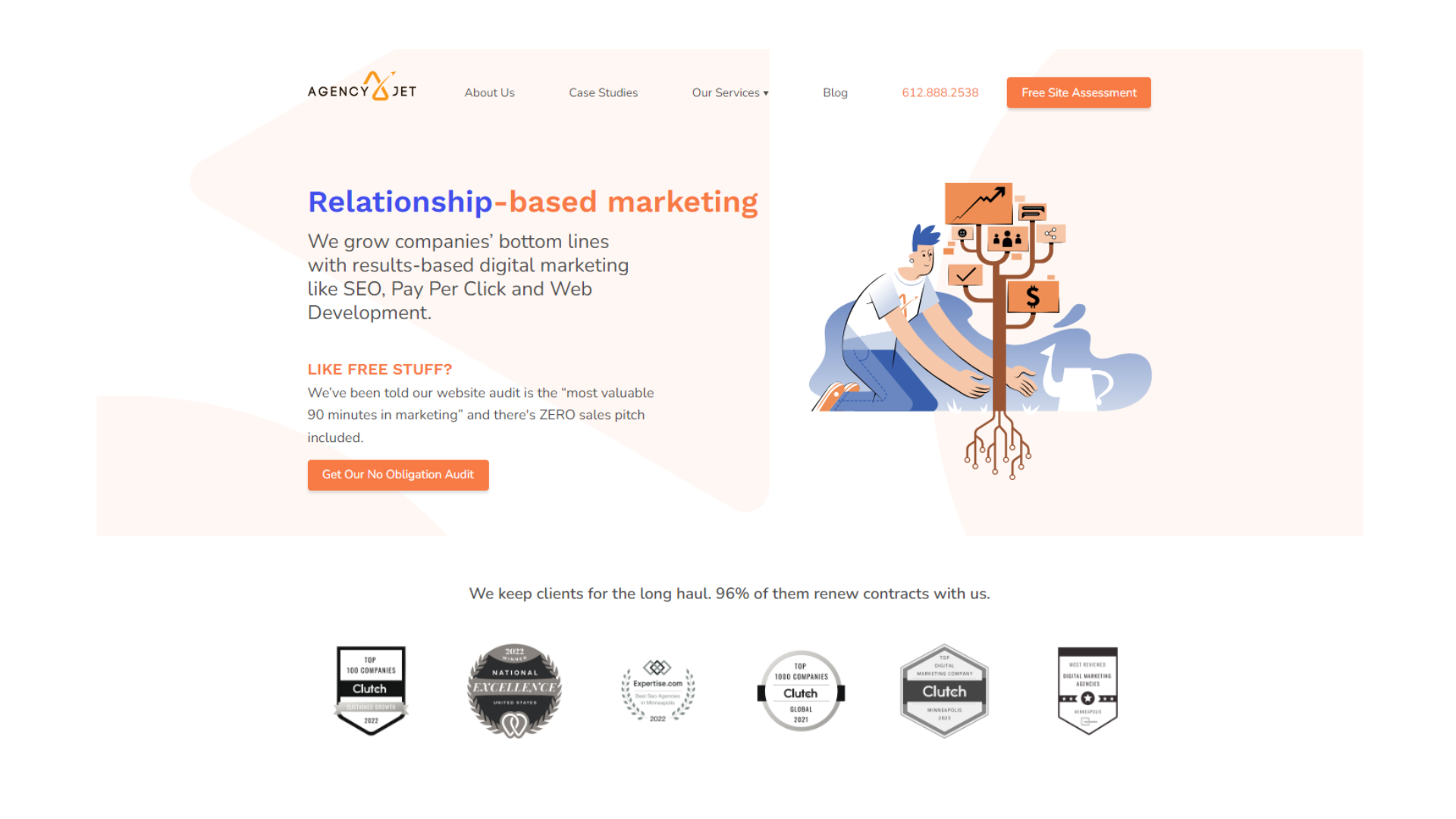
Your website is more than a virtual storefront — it’s a dynamic reflection of your brand. Optimizing your website involves ensuring its aesthetic appeal, functionality, and user-friendliness. A well-optimized website is crucial for a positive user experience, encouraging visitors to explore, engage with your content, and convert into customers. Mobile responsiveness, intuitive navigation, and compelling content are vital elements that contribute to a seamless digital experience, making your website a powerful asset in your digital marketing arsenal.
Digital Advertising: Targeted Outreach for Maximized Impact
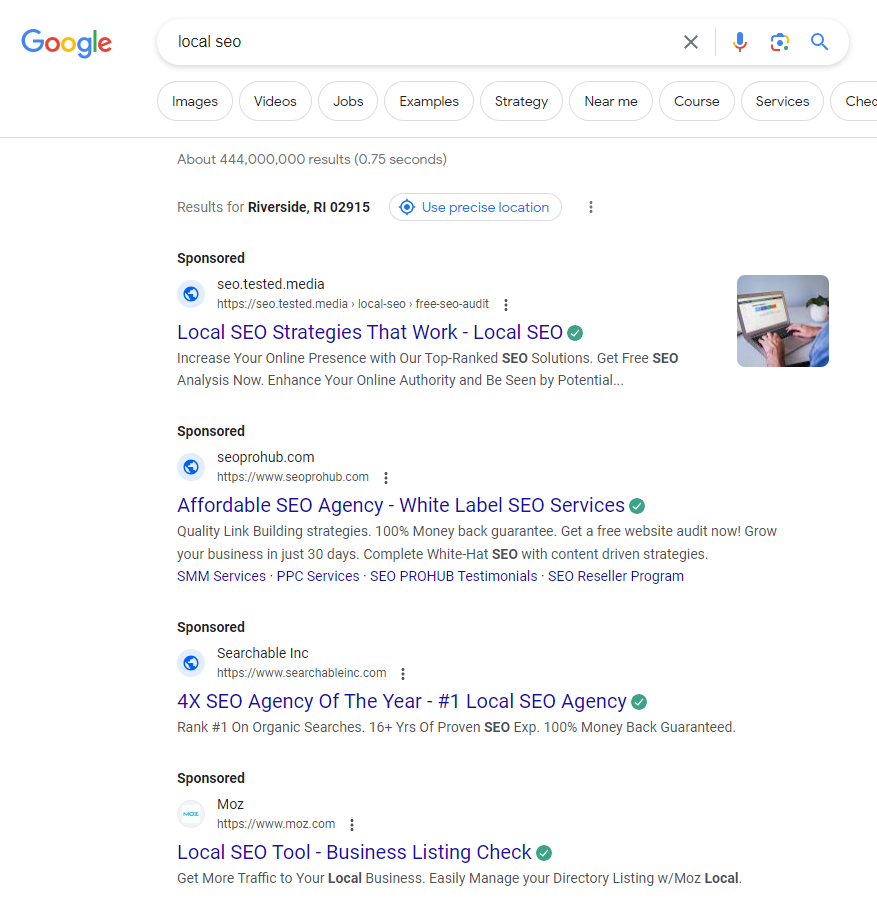
Digital advertising or search engine marketing transcends traditional boundaries, offering an expansive canvas for targeted outreach. Platforms like Google Ads and display advertising allow businesses to strategically position themselves in front of potential customers actively seeking relevant products or services. Pay-per-click (PPC) campaigns, remarketing efforts, and display ads enable businesses to tailor their digital advertising to specific demographics, interests, and behaviors. Strategic digital advertising becomes a catalyst for brand visibility, driving website traffic.
Content Marketing: Crafting Compelling Narratives
Content is not just king; it’s the driving force behind audience engagement and brand storytelling. By consistently producing and distributing high-quality, relevant content, marketers can draw in and hold on to a particular target demographic. Whether through blog posts, videos, interactive infographics, or social media content, businesses can establish authority in their industry, foster audience trust, and drive organic traffic to their digital assets. Crafting compelling narratives that resonate with your target audience is the essence of content marketing, turning your brand into a reliable source of information and solutions.
Search Engine Optimization (SEO): Elevating Digital Visibility
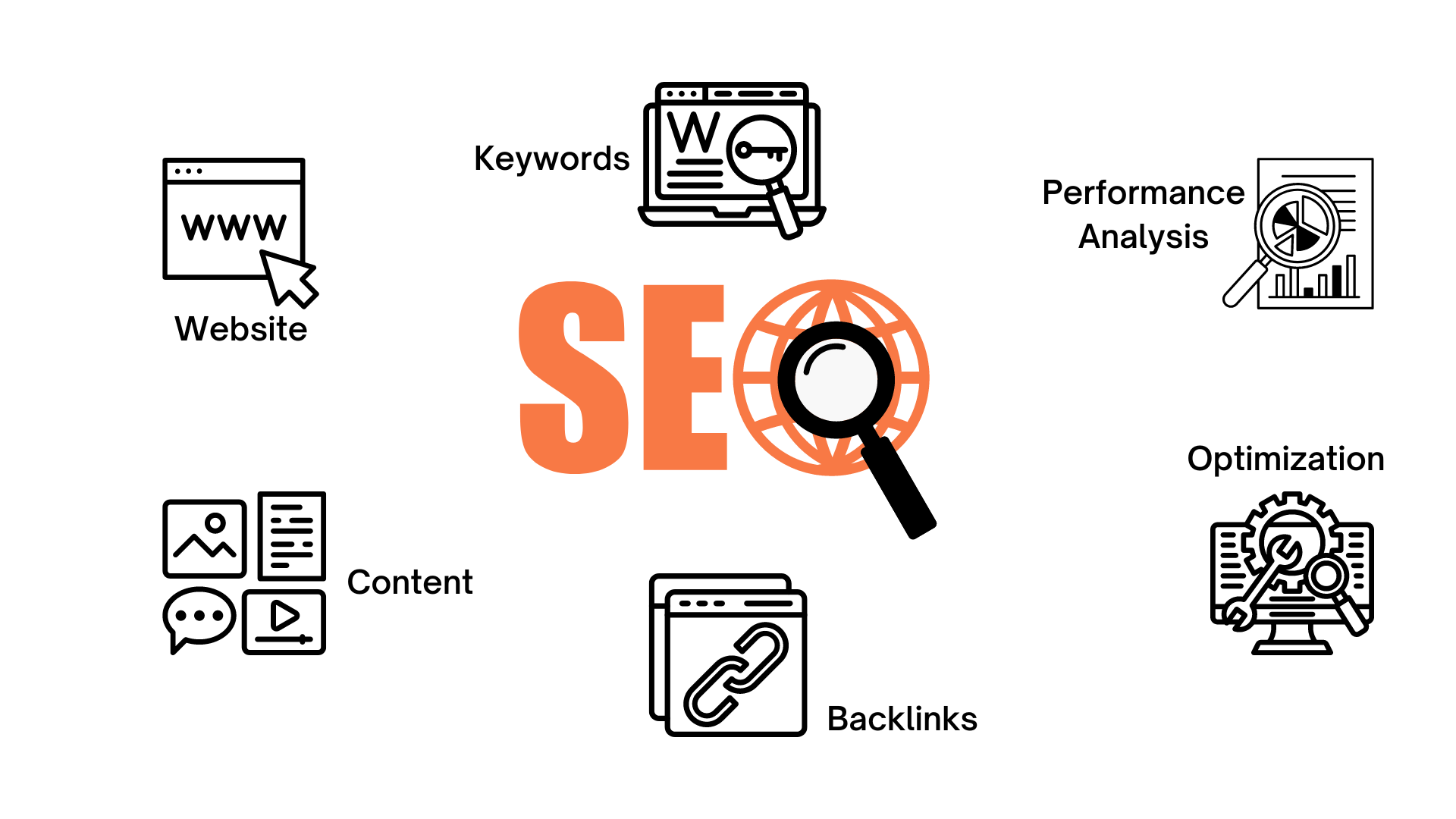
SEO (search engine optimization) stands as the linchpin of digital visibility, representing a thorough process of optimizing your website to ascend the ranks on search engine results pages (SERPs). The strategic infusion of relevant keywords, meticulous content creation, and an SEO-friendly website structure collectively ensure that your business emerges prominently when potential customers embark on searches related to your offerings. In essence, SEO transforms your website into a beacon, making it more likely for your business to be discovered amidst the expansive digital landscape.
Social Media Advertising: Precision in Targeting Demographics

Platforms such as Facebook, Instagram, and Twitter have evolved beyond social hubs; they are now formidable arenas for businesses to deploy targeted advertising campaigns. Businesses can precisely target specific demographics by leveraging powerful advertising tools inherent in these platforms. Paid social media campaigns, when strategically executed, serve as dynamic instruments to enhance brand awareness, propel website traffic, and generate qualified leads.
Email Campaigns: The Enduring Power of Direct Communication
Despite the proliferation of diverse digital channels, email marketing remains an enduring and potent means of nurturing leads and fostering engagement with existing customers. The personalized and targeted nature of email campaigns transcends the digital noise, establishing a direct line of communication with your audience. Effectively crafted email campaigns help cultivate brand loyalty, fostering a lasting relationship between your business and its clientele.
Influencer Partnerships: Leveraging Trusted Advocates
Collaborating with influential figures in your industry is a smart way to boost your brand’s impact. Influencers, with their dedicated and trusting followers, transform into authentic advocates for your products or services and their recommendations carry weight, resonating with audiences in a way that traditional marketing avenues often struggle to achieve. Businesses extend their reach organically by forging partnerships with influencers and tapping into a trusted network that values and acts upon authentic recommendations.
Examples of Digital Marketing Strategies in Action
To truly grasp the impact of digital marketing, let’s explore real-world examples of digital marketing that have helped businesses achieve their goals.
Glossier: Crafting a Social Media Persona
The meteoric rise of millennial makeup brand Glossier is undeniably linked to its astute use of social media, particularly Instagram. Setting a precedent by amassing an impressive 13,000 Instagram followers before launching a single product, Glossier prioritized social engagement from the outset. Founder Emily Weiss emphasized understanding the audience, allowing Glossier to craft posts resonating with followers’ realities and preferences. Authenticity became the hallmark, showcasing real people in genuine settings, an approach that resonated deeply with the time constraints of today’s women. Glossier’s social media success highlights the power of understanding and connecting with the target audience.
Apple: Empowering Users Through Content Marketing
Apple‘s ingenious content marketing strategy for the iPhone 13 Pro and iPhone 13 Pro Max cameras exemplifies the brand’s ability to let its users become advocates. Instead of generating conventional branded content, Apple launched the #ShotoniPhone and #iPhonemacrochallenge campaigns, urging users to submit their photos. Transforming this initiative into a contest, Apple featured winning photos across various marketing channels. This approach not only generated buzz around the product but also garnered a plethora of high-quality user-generated content, showcasing the iPhone’s camera capabilities in real-world scenarios.
Priceline: Strategic Pay-Per-Click Mastery
Priceline’s savvy use of pay-per-click (PPC) marketing in 2016 is a testament to the efficacy of well-backed campaigns. While the reported $3 billion PPC budget might be an outlier, Priceline strategically used paid ads to dominate relevant search engine results pages. Focusing on keywords like “compare flight prices” and “cheap flights,” Priceline targeted cost-conscious travelers. By displaying paid results prominently on search engine pages, Priceline ensured visibility ahead of competitors, even those with larger PPC budgets. This strategic PPC campaign, grounded in thorough keyword targeting and competitive analysis, exemplifies the potential for swift results in the digital marketing realm.
Myprotein: Influencer and Social Media Synergy
Myprotein sought to increase its market share in the competitive health and fitness industry by overcoming athlete hesitancy toward new protein brands. Leveraging social media and affiliate marketing, Myprotein collaborated with fitness influencers like Bella Rahbek and Armando Nava. Through exclusive bundles, savings, coupon codes, hashtags, and custom content, Myprotein successfully increased brand awareness and incentivized social media shoppers to embrace its products. This strategy tapped into the influencers’ credibility and showcased the brand’s commitment to quality through trusted voices in the fitness community.
BuzzFeed: Email Marketing with Transparency and Variety
While BuzzFeed is renowned for viral content, its email marketing strategies are equally noteworthy. Recognizing the value of email in collecting first-party data and engaging subscribers, BuzzFeed offers a range of newsletters catering to diverse interests. From recipes to news and pop culture, subscribers can choose newsletters that align with their preferences. BuzzFeed’s success in email marketing lies in attention-grabbing content and its transparency regarding email content and frequency. This tactic empowers subscribers, providing them with control over their inboxes.
Crafting and Refining Digital Marketing Efforts and Goals

Setting clear and measurable goals is fundamental to any digital marketing strategy. Without defined objectives, it’s challenging to assess performance and make informed decisions. Here are some examples of digital marketing goals for small businesses:
-
- Improving online visibility: Building brand awareness is critical in today’s information-rich digital world. Improving online visibility entails enhancing your brand’s presence on search engines and social media platforms. This goal is quantifiable through metrics such as:
Search engine rankings: Tracking improvements in search engine rankings ensures your business is discoverable when potential customers search for relevant keywords.
Social media engagement: Metrics like likes, shares, and comments on social media platforms indicate the resonance of your brand with the audience.
- Improving online visibility: Building brand awareness is critical in today’s information-rich digital world. Improving online visibility entails enhancing your brand’s presence on search engines and social media platforms. This goal is quantifiable through metrics such as:
- Driving web traffic: For small businesses, driving traffic to their website is often a primary goal. Monitoring website analytics becomes the compass, guiding enterprises on the effectiveness of these efforts. Analytics shed light on which channels are generating traffic, allowing strategic adjustments. Achieving this involves a multifaceted approach:
- SEO strategies: Implementing Search Engine Optimization techniques to improve organic search visibility.
- Social media marketing: Leveraging platforms to share content and attract users to the website.
- Online advertising: Utilizing paid advertising campaigns to direct targeted traffic.
- Boosting customer engagement: Digital marketing extends beyond visibility; it’s about building meaningful connections with your audience. Customer engagement is a holistic goal, measured through various metrics:
- Social media interactions: Likes, comments, and shares on social media platforms are tangible indicators of audience engagement.
- Email metrics: Open and click-through rates provide insights into how effectively email campaigns resonate with the audience.
Refining and Adjusting Goals: A Dynamic Approach to Optimization
Setting goals is only the initial step — success lies in continuous refinement and adjustment based on performance metrics. Businesses must adopt a dynamic mindset, recognizing that the digital landscape evolves, consumer behaviors change, and strategies may need recalibration. Here are insights into refining and adjusting digital marketing goals:
- Regular performance analysis: Regularly analyze performance metrics to gauge the effectiveness of current strategies. Use analytics tools to assess website performance, social media engagement, and campaign results. Identify patterns, trends, and areas for improvement.
- Benchmarking against competitors: Compare performance against industry benchmarks and competitors. Conduct competitive analyses to understand industry standards and identify opportunities for improvement or differentiation. Benchmarking provides context for goal assessment.
- Adaptation to consumer trends: Stay attuned to evolving consumer trends and preferences. Regularly monitor industry trends, conduct consumer surveys, and gather feedback to adapt goals and strategies to align with changing consumer behaviors.
- Flexibility in goal adjustment: Be flexible in adjusting goals based on changing circumstances. Recognize that external factors, market dynamics, and unforeseen events may necessitate goal adjustments. Embrace flexibility to pivot strategies when required.
Mastering the Art of Digital Marketing Execution
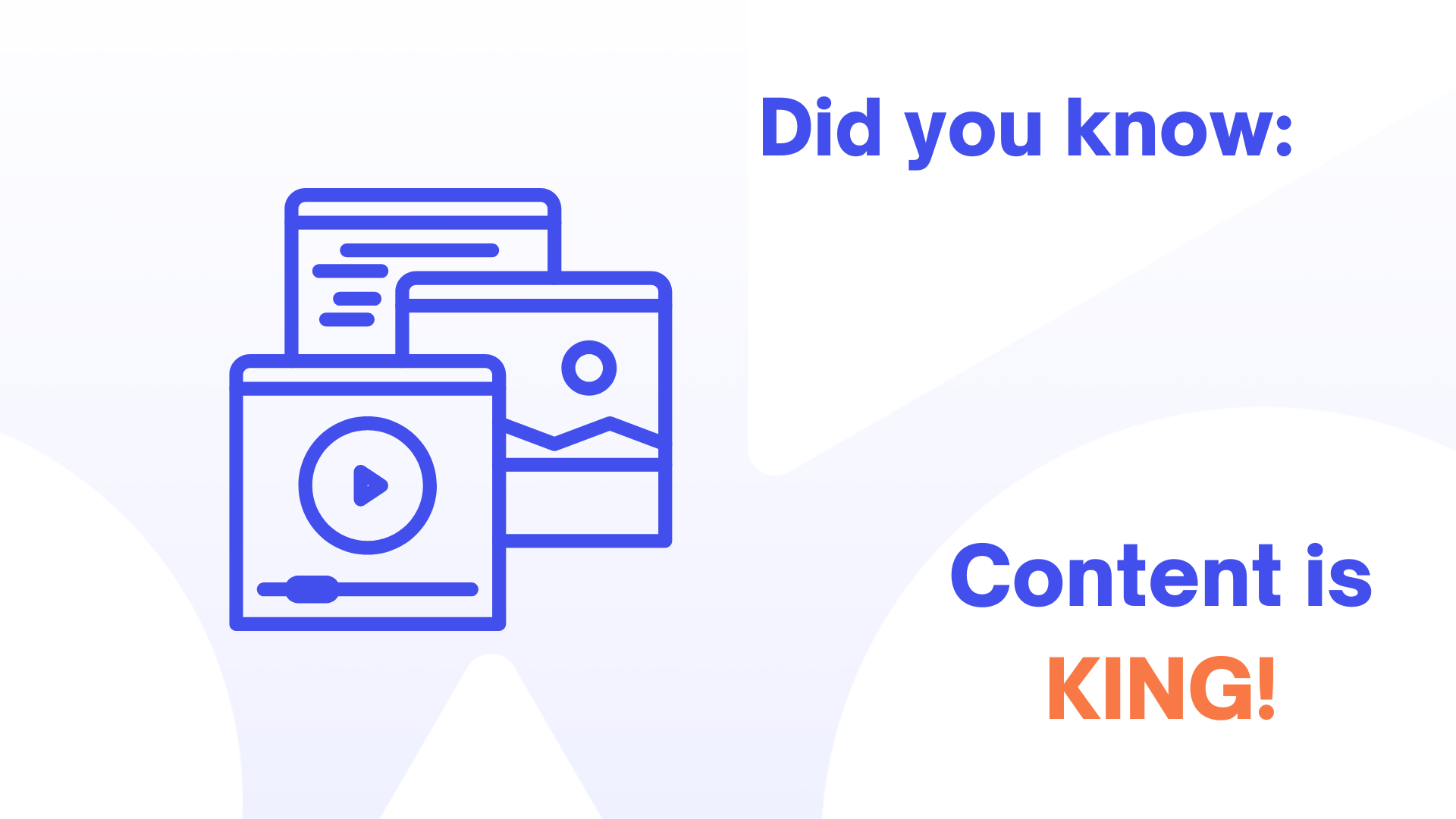
Executing digital marketing strategies effectively requires a combination of creativity, technical know-how, and strategic planning. Here are practical tips to guide small business owners in their digital marketing journey:
- Clearly define your target audience: Understanding your audience is the cornerstone of effective digital marketing. Identify your target demographic, their preferences, behaviors, and pain points. Then, craft buyer personas to personify your ideal customers. This clarity enables personalized and resonant communication, fostering stronger connections.
- Seamless website optimization: Your website is often the first point of contact for potential customers, which is why you need to ensure that your pages are optimized for user experience, mobile responsiveness, and quick loading times. Straightforward navigation, compelling content, and intuitive design contribute to a seamless digital experience, encouraging visitors to explore further and convert.
- Content is king: Create and share valuable content that aligns with your audience’s interests and needs. Content marketing isn’t just about pushing products; it’s about providing solutions, insights, and entertainment. Leverage blog posts, videos, infographics, and social media to establish your brand as an authority and build trust with your audience.
- Leverage social media platforms: Choose social media platforms aligned with your target audience. Regularly post engaging content, interact with your audience, and leverage paid advertising for broader reach. Social media serves as a space for building relationships and fostering a sense of community around your brand.
- Email marketing excellence: Craft compelling and personalized email campaigns to nurture leads and engage existing customers. Segmentation, personalization, and automation enhance the effectiveness of email marketing. Monitor open and click-through rates and use A/B testing to optimize email content for maximum impact.
The Role of Analytics in Optimization

Analytics serve as the compass guiding your digital journey. Implement tools like Google Analytics, social media insights, and email marketing analytics to track and measure key performance indicators (KPIs). Assess metrics such as website traffic, conversion rates, and engagement to gain insights into what’s working and what needs adjustment.
Tools like A/B testing can help optimize your digital campaigns. This approach involves comparing two versions of a webpage, email, or ad to determine which performs better. Test different headlines, images, calls-to-action, and landing page layouts to refine your strategies based on data-driven insights.
Set up conversion tracking to monitor specific actions users take on your website, such as completing a purchase or filling out a contact form. Understanding the conversion journey helps refine your funnel, identify bottlenecks, and enhance the overall user experience.
Resources and Tools for Small Business Owners
Numerous tools and resources are available to assist small business owners in implementing digital marketing strategies. From tracking website performance to orchestrating seamless email campaigns, designing stunning visuals, and streamlining social media management, these resources stand as pillars of support, equipping small business owners with the means not only to survive but thrive in the competitive digital marketplace:
- Google Analytics: Google Analytics is a robust and free tool providing a comprehensive view of website performance. Track user behavior, monitor traffic sources, and gain valuable insights to inform strategic decisions.
- Mailchimp: Mailchimp offers user-friendly email marketing tools, allowing small businesses to create, send, and analyze email campaigns. This platform includes features like audience segmentation, automation, and analytics for effective email outreach.
- Canva: Create professional-looking graphics for social media, emails, and marketing collateral with Canva. This user-friendly tool empowers small business owners to design visually appealing content including perfect Canva PowerPoint presentations without needing graphic design expertise.
- Hootsuite: Hootsuite streamlines social media management by allowing users to schedule posts, track engagement, and manage multiple social media accounts from a single dashboard. This tool is a time-saving resource for maintaining an active and strategic social media presence.
Overcoming Common Challenges in Digital Marketing

Digital marketing comes with its challenges, but being aware of common issues can help small business owners navigate them successfully:
- Limited budgets: Prioritize channels that offer the most value for your audience. Focus on organic social media, content marketing, and targeted advertising to maximize impact within budget constraints.
- Keeping up with trends: Stay informed through industry publications, webinars, and networking events. Set aside time for continuous learning to adapt to evolving digital trends.
- Scaling content production: Repurpose content across platforms. For example, turn blog posts into social media snippets or create infographics summarizing essential information. Leverage user-generated content to supplement your efforts.
- Building brand consistency: Develop a brand style guide to ensure consistency in messaging, visuals, and tone across all digital channels. Regularly review and update the guide as your brand evolves.
- Analyzing data overload: Focus on key metrics aligned with your business goals. Avoid drowning in data by honing in on the insights that directly impact decision-making and strategy refinement.
Wrapping Up
In the dynamic landscape of digital marketing, small business owners have the opportunity to unlock unprecedented growth by embracing practical strategies tailored to their unique needs. From SEO to influencer partnerships, crafting, and refining goals to mastering execution, there are several steps to reach digital success, but they are all within reach.
Ready to witness your business thrive in the digital realm? Claim your free website assessment at Agency Jet. Let us guide you in unraveling the potential of digital marketing for your small business. Take the first step toward success with Agency Jet’s expert insights and personalized strategies.
